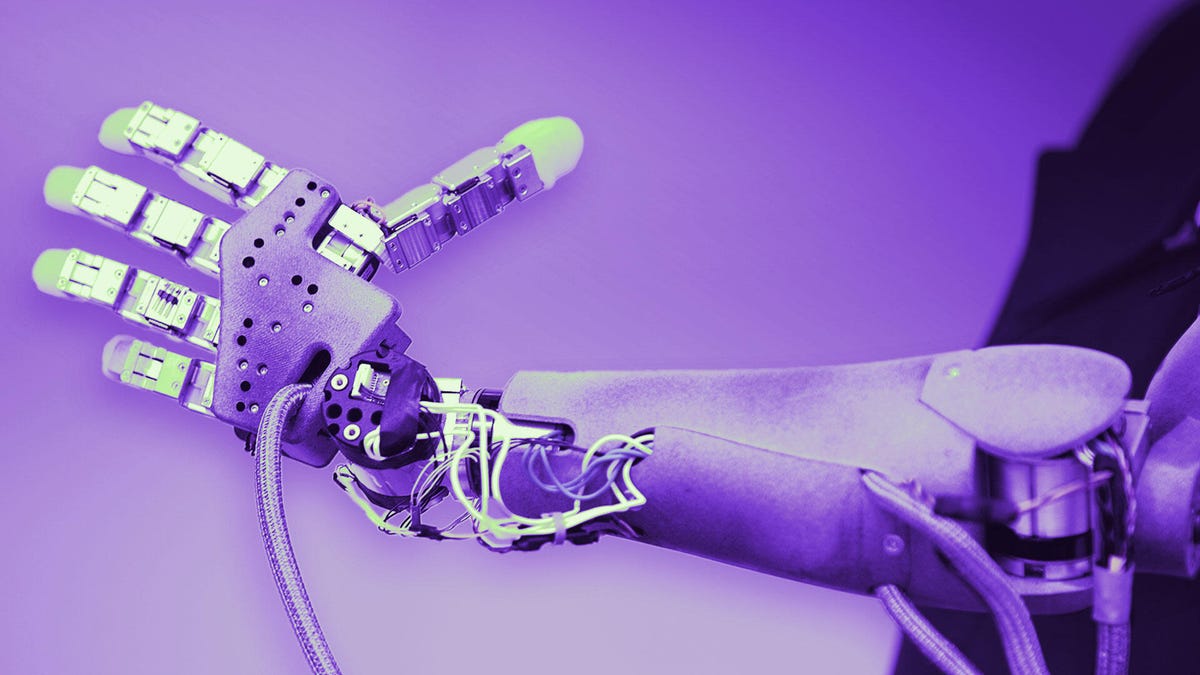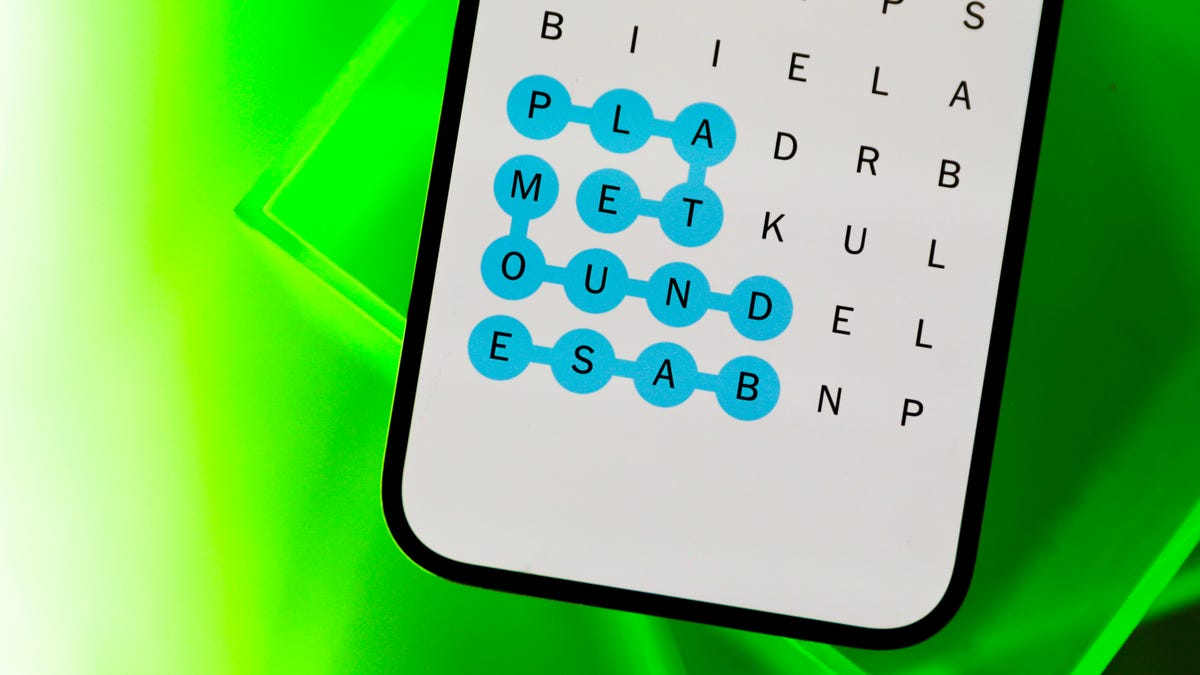Jason Morris is picking up a spray bottle and carrying it around the room. It sounds unremarkable, until you realize he’s wrapped his fingers around it with a prosthetic arm called Atom Touch. It’s the world’s first prosthetic arm with individual finger control, and it’s noninvasive.
“We put so much capability in this that it’s a level beyond where prosthetics are today,” said Atom Limbs CEO Tyler Hayes. I visited the company’s Palo Alto, California, headquarters to see the arm in action.
Watch this: Your Thoughts Control This Robotic Prosthetic Arm
The Amputee Coalition estimates that 5.6 million people in the US are living with limb loss or limb difference. Most other prosthetic arms available today are made up of separate elbow, wrist and hand components from different manufacturers. A prosthetist then puts them all together. Atom Touch is a whole arm, with the battery and computer located in the forearm.
The wearer puts a cuff over their residual limb, which has electrodes inside that read muscle activity via EMG, or electromyography. Essentially, you control the arm by thinking about the action you want it to make.
Other prostheses are also controlled via electrical muscle signals, called a myoelectric prosthesis. But they don’t offer individual finger control like the Atom Touch. BrainCo revealed a prosthetic with finger control in 2020, but it’s a hand rather than an arm, and it hasn’t come to market yet.
Morris lost his arm in a work accident 12 years ago. He showed me what it’s like to put on and control the arm, which you can see in the video on this page. He can control every joint, including the wrist, so it moves up and down.
“It makes it really important when I’m going in to grab a glass of water [so] I don’t have to contort my whole body to level up the hand,” Morris said. Atom Touch also has haptic feedback, so when the fingers make contact with something, the socket will buzz.
Atom Limbs will go through clinical trials and FDA authorization for its artificial arm and then anticipates availability after that in 12 to 18 months. The cost will be about the same or less than a body-powered prosthetic hook, which currently costs around $25,000.
“It’s a satisfaction that you just can’t explain,” Morris said as he described his experience wearing the arm. “It’s something I’ve lost for 12 years and now I’m finally getting it back.”



